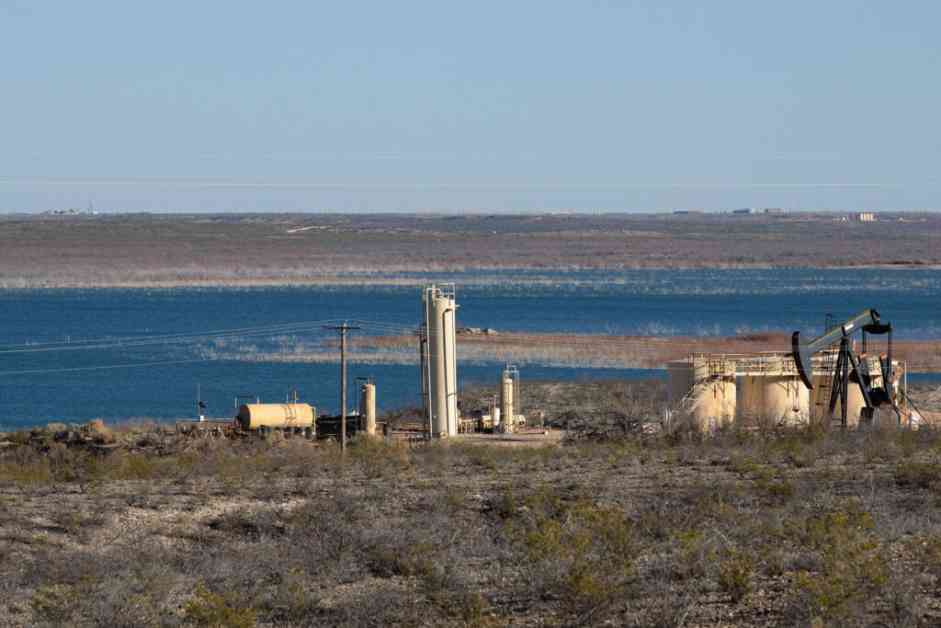Alright, so here’s the scoop on the Rio Grande and Pecos River situation in good ol’ Texas. So, apparently, extreme drought has really done a number on these two iconic waterways. American Rivers, this advocacy group, has gone as far as to say that the Lower Rio Grande is in some serious trouble. They’re talking about a “near-permanent human-induced megadrought threatening all life that depends on it.” Yikes.
And don’t even get me started on the Pecos River. There’s been such a lack of water that irrigation districts downstream from the Red Bluff Reservoir haven’t been getting their fair share in recent years. It’s a tough situation for farmers and cities facing water scarcity. But guess who’s not having any trouble using up billions of gallons of water from these rivers? You guessed it, oil and gas companies. They’ve been using over 31,000 acre feet of Rio Grande water for drilling and fracking operations in the Eagle Ford Shale between 2021 and 2024. That’s a whole lot of water, folks. Like, enough to supply 113,500 Texas households for a whole year.
Then we’ve got Daniel Arrant from Kingsley Water Company selling more than 75 million barrels of water for oil and gas operations since 2016. That’s over 4 billion gallons, in case you were wondering. Some Texas oil and gas companies have said they’ll use less freshwater and switch to brackish or recycled water for fracking. But let’s be real, they’re still relying heavily on surface water from Texas rivers. It’s like they just can’t get enough.
Now, when it comes to the Pecos River, things are no better. The Red Bluff Reservoir is struggling to keep up with water demand. And you know who’s buying up water from there? Apache Corp. State Rep. Vikki Goodwin is not happy about it, especially when there’s recycled “produced water” from fracking available. But hey, Apache says they’re using mostly non-fresh, non-potable water for their operations near the reservoir. At least they’re trying to minimize their use of fresh water, right?
And let’s not forget about the Eagle Ford Drillers tapping into the Rio Grande. With tributaries from Mexico feeding into the river, tensions are high because Mexico hasn’t been delivering water as promised. Add in the extreme drought in counties like Webb and Maverick, and you’ve got a recipe for disaster. The Rio Grande’s flow has dropped by more than 30 percent in recent decades. That’s not good news for Laredo, which relies solely on the river for drinking water. They’ve been asking residents to cut back on water use for years now, and planners are already looking for alternative water sources for the future.
In the end, the situation with the Rio Grande and Pecos River is pretty dire. Water scarcity, oil and gas companies guzzling up water like there’s no tomorrow, and no end in sight to the drought. Maybe it’s just me, but it feels like we need to start making some serious changes before it’s too late. Like, seriously, we need to get our act together and start taking better care of our water resources in Texas.














